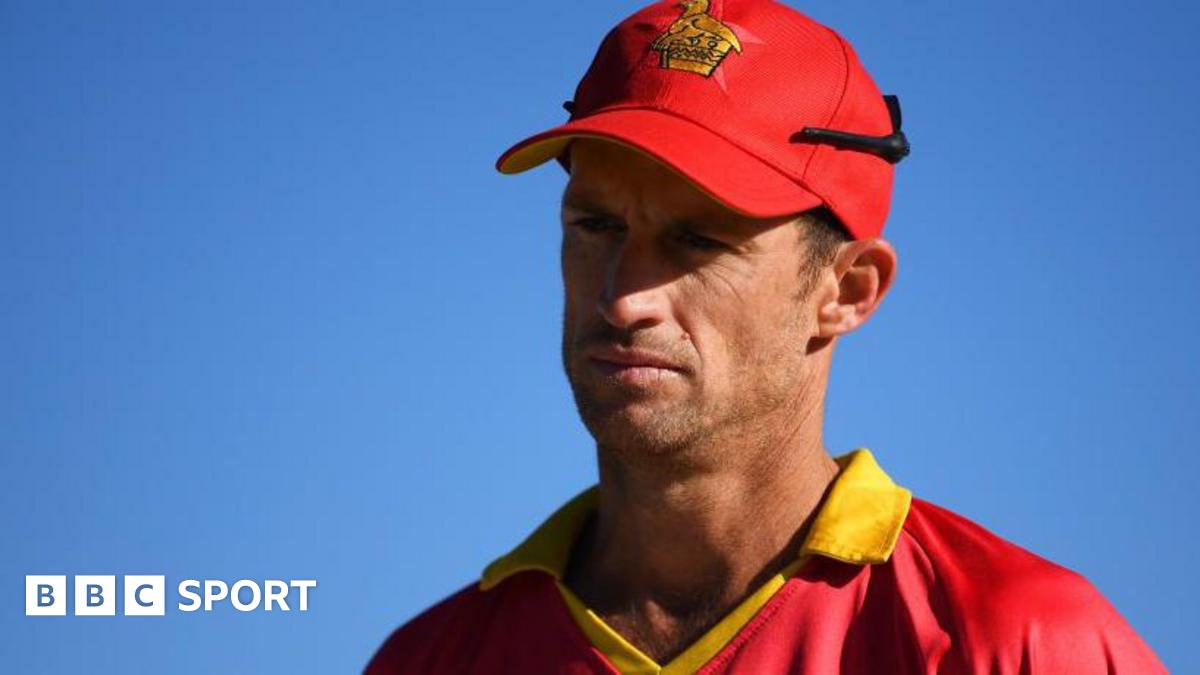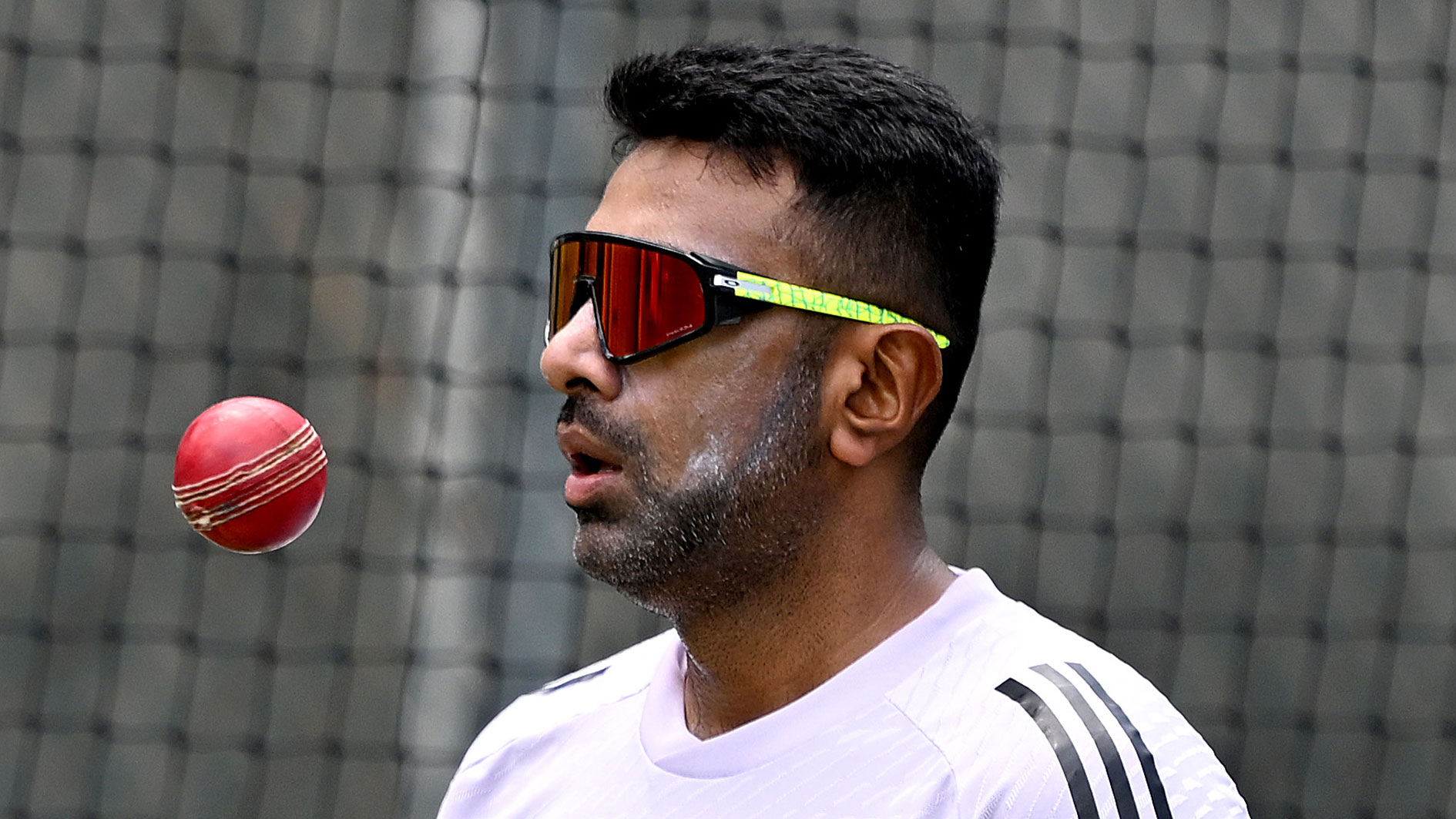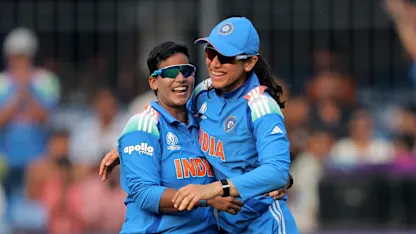Cricket: India World Cup win could transform women's sport

On Sunday, India's women won the cricket World Cup for the first time in what is likely to be a game-changing victory for women, cricket and other sports in the country.There were 45,000 excited fans in Mumbai to see India defeat South Africa at the end of a five-week tournament that featured eight teams. There were also congratulations from Prime Minister Narendra Modi and other public figures.It was an unforgettable experience for those who watched in the stadium or elsewhere."What happened was unbelievable, just a miracle," Mumbai fan Tanvi Agrawal told DW. "I watched with my friends in a restaurant, and it was great to see both men and women, boys and girls cheering for the team."It all finished after midnight but nobody cared."It was a late night, but it feels like everyone woke up on Monday with a smile on their face," she said.Agrawal said it was emotional when the trophy was lifted. "When I was a girl at school, there were no opportunities to play cricket," she said. "It made me feel so proud and emotional to see this win. We have come a long way and there is no limit now for these players."Echoes of 1980s winSachin Tendulkar, the country's most celebrated cricketer, has not been alone in comparing the "herstoric triumph" — as described by the Indian Express — to the 1983 World Cup win. Over four decades ago in London, the men's team lifted the trophy for the first time, which helped set India on the way to become the dominant power in cricket."That win in 1983 changed everything for men's cricket and this will do the same for the women," Sarthak Mondal, president of the Indian Sport Management Association, an independent body concerned with driving sport dvelopment in the country, told DW."In India, we celebrate people who win as we have a kind of culture of, 'if you don't win, you are not worthy'."After defeats in the finals in 2005 and 2017, it started to look like it was never going to happen for the women. "People were starting to lose patience so it was time to win, and the women delivered," he said.Mondal believes that it will take time for it all to sink in for these heroes."I watched the players being interviewed after the game and I don't think they realize what they have done, perhaps in 50 years they will."Change finally comingIt has not been an easy ride. At 21, the youngest member of the victorious team, Shafali Verma, was one of the heroes in the final, scoring 87 runs and taking two wickets. It is just 12 years since she had to disguise herself as a boy to play cricket for her local team in Haryana, regarded as one of India's most conservative states.Progress has been made since, however. In 2022, India's cricket board mandated equal pay for men and women when they played international matches. More pay has meant more security, more time to train, better fitness levels and more professionalism.Jay Shah, the head of the International Cricket Council, paid tribute on X to the work done.The women's "march towards its first @cricketworldcup has been nothing short of spectacular," he wrote.The Women's Premier League was set up in 2023, 15 years after the men's edition, which has become one of the most lucrative sporting leagues in the world.It was a huge step forward for the women's game and the players."In terms of revenue generated from the Premier Leagues, women get paid 2% more than men," said Mondal. "They may generate less but in real terms they get paid more."Though international match fees have been equalized, male players still earn substantially more through their much larger annual retainers with the country's cricket board and more lucrative commercial deals.Success can drive grassroots changeMondal expects that the World Cup win will bring more money into the game, from both the public and private sector, to help more young players follow in the footsteps of the champions."When I was growing up, there weren't many famous women cricketers but now there are all these women who are now icons," cricket fan Tanvi Agrawal said. "I am sure that young girls are seeing all this. It must be impossible not to be inspired."This can only be good for all aspiring female athletes."There should be more pathways for girls to get into sports at schools and schools should encourage more sports for girls," said Mondal. "If the investment is there, then women have shown they can achieve a lot more than the men."If the success is going to take women's cricket to the next level, then there are sure to be consequences for other sports in the country too."There is no doubt that other sports will be inspired and motivated by what the women's cricketers have done," Shaji Prabhakaran, former general secretary of the All India Football Federation, told DW."We should look at the structure, the parity in pay, and how the players are encouraged to play," said Prabhakaran.The cricket team is drawn from all corners of the country of 1.4 billion. "In football, the female players are from more rural areas, from a few pockets, not across all India and that is a big difference."In difficult times for men's football in India, the women have stepped up however, qualifying for the first time for the Asian Cup, to be held in Australia in March."This was a great achievement but only excited the football community," said Prabhakaran. "If the women's football team qualifies for the World Cup, that will excite the neutrals, and that is the long-term target. This cricket win excites every Indian. It will never be forgotten."Edited by: Matt Pearson















